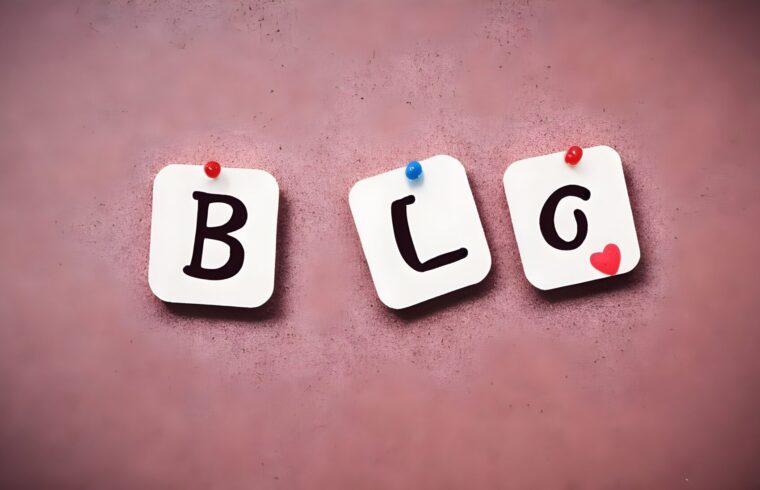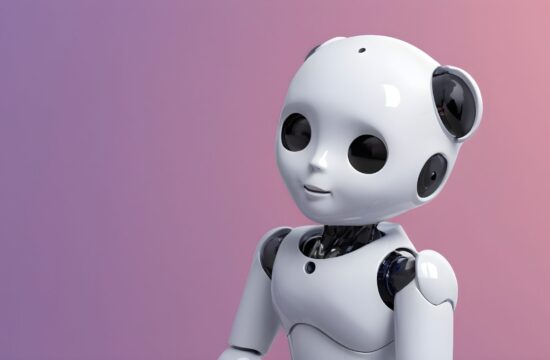Lately, the considerable progress of AI has resulted in impressive achievements in different sectors, among them, the image generation. AI can be used to create hyper-realistic human faces as well as fantastic landscapes and it has already shown the capability to yield visually beautiful images. However, alongside these successes, there’s a peculiar trend that many have observed: AI-generated art is weird, realm-breaking or downright unnerving. At last, why is this so?
Training Data Bias
AI models depend on the data they are trained in is a relevant factor. When the training data is affected by any kind of bias or is incorrect in any manner, it may lead to the generated outputs that are wrong or skewed. As an illustration, the AI model may be influenced by the bias of the dataset and generate a biased result if the dataset mainly consist of images with particular characteristics or biases.
Lack of Contextual Understanding
However, though AI algorithms find and duplicate patterns in data, they usually do not have a more-widely background of images. Thus, they assemble and create images that are technically perfect, but failed to be as insightful and symbolic as human-made counterparts.
Uncanny Valley Effect
An uncanny valley is a term for the uneasy feeling that emerges when humans look at something almost, but not quite human. AI-generated images that fall into that realm of the uncanny valley frequently are realistic to a certain point, but still have some imperfections or inconsistencies, that make them edgy for human observers.
Overfitting and Generalization Issues
AI models which are trained by limited datasets may have picked up the way of overfitting, where they become so relevant to the patterns present in the training data that they cannot generalize the data to the real world. As a consequence, these models could be incapable to generate the correct and coherent images when dealing with new or unseen data.
Complexity of Image Generation
Creating accurate images is a hard job since it implies combining a lot of visual factors such as shapes, textures, colors, and lighting conditions. Despite the fact that AI models have come a long way in this area, they are yet to demonstrate full accuracy in capturing the hidden details and shades that are characteristic of the real world.
Artistic Interpretation vs. Realism
The AI-synthesized images usually tend to reproduce the prejudices and tastes of the algorithms and datasets used for training. Consequently, they often give less weight to the artistic side of the picture and pay more attention to accuracy, creating pictures that look really odd or distorted to the people who observe them.
Ethical Considerations
AI systems that create images pose various ethical issues particularly in the field of privacy, consent and use of the technology with the wrong intention. AI, as it advances, gives rise to these ethical concerns, and it is important to address these issues so that AI-generated images are used responsibly and ethically.
Finally, the undesired results of AI-generated images are caused by a number of different factors ranging from training data biases, lack of contextual understanding, the uncanny valley effect, overfitting and the high complexity of image generation process. AI has achieved a lot in the creation of convincing images but it still has a lot to do in terms of improving the quality, consistency, and ethics of the AI-generated imagery. Through this approach we can open up the wide range of possibilities that AI created images offer and apply them for beneficial and constructive purposes in many spheres.

What is the best way to enhance the results from image algorithms?
Improving the quality and coherence of AI-generated images requires a multifaceted approach that addresses several key areas:Improving the quality and coherence of AI-generated images requires a multifaceted approach that addresses several key areas:
Cross Training Data with Variety and Representativeness
By implementing models that are trained on diverse and balanced datasets, AI can reduce biases and improve the quality of image generation. It may require data collection spanning a wide range of sources and that it is representative of the true world in terms of diversity.
Contextual Understanding
The development of AI algorithms that are more consistent in recognizing context will contribute in generating images that are more coherent and interpretable. This can be performed by intertwining contextual information in the training and also by designing the methods which allow the AI models to comprehend images and the content and context of images.
Uncanny Valley Reduction
Research on reducing the uncanny valley effect is meaningful since it can bring about AI-generated images with better visual results and someway lesser concerning to human observers. This, for instance, may include modifying algorithms with a view to making the features to be represented more human-like in their behavior while still exhibiting no slight anomalies that help to generate ill-feelings.
Regularization Techniques
Regularization technology used during training can prevent overfitting and ensure that AI models learn more general and less specific patterns. It can incorporate techniques like dropout, weight regularization and data augmentation, which will stop the model from memorizing the training data and increase its generalizability.
Artistic Interpretation and Creativity
The artistic interpretation and the creative factor should be included in the image production process in order to obtain accurate images along with their visual and emotional appeal. It may constitute designing algorithms that will allow AI models to learn from, and emulate, human art forms and aesthetics.
Ethical Guidelines and Governance
Implementing adequate ethical guidelines and governance structures with respect to the design and use of AI-based photographs is in order to promote fair and ethical attitude. This can be done through creating regulatory frameworks where standards for data collection and utilization are set, consent mechanisms are established, and mechanisms to prevent misuse of AI-generated imagery are implemented.
Collaboration and Interdisciplinary Research
Using collaboration and interdisciplinary research between the AI experts and those of the computer vision, psychology, ethics, and the rest other related fields can be beneficial for the addressing of the complex problem of improving AI generated images. As the saying goes, we can achieve more by working together. Therefore, researchers can come together to offer solutions, which are more complete to these problems.
Overall, rather than relying on algorithmic techniques alone, increasing the quality and coherence of AI-generated images needs a joint effort of a set of interventions like advances in algorithmic techniques, data collection practices, ethical considerations, and interdisciplinary collaboration. Artificial intelligence-created images achieve maximization of positive effects when the problems listed herein are addressed and this technology made of practical use in different fields.




